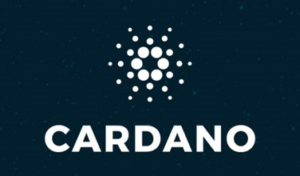Block mining speed, a crucial aspect of blockchain technology and cryptocurrency mining, refers to the rate at which new blocks are added to the blockchain. Understanding block mining speed is essential for grasping how cryptocurrencies operate and appreciating the efficiency of various mining setups.
In the world of cryptocurrency, transactions are gathered into blocks and added to the blockchain through a process known as mining. Mining involves solving complex mathematical problems using powerful computers. Miners compete to find the solution to these problems, with the first one to succeed being rewarded with a certain amount of cryptocurrency.
The block mining speed directly impacts the pace at which transactions are confirmed and included in the blockchain. A faster mining speed means that new blocks are added more frequently, leading to quicker transaction processing times. This is particularly important in cryptocurrencies like Bitcoin, where transaction speed is a significant factor in user experience.
One of the key factors influencing block mining speed is the mining difficulty. The difficulty level is adjusted regularly to ensure that the rate of block creation remains relatively constant. When more miners join the network, the mining difficulty increases, slowing down the block mining speed. Conversely, a decrease in mining activity leads to a drop in difficulty and a faster mining speed.
Another important factor is the hardware used for mining. Specialized mining equipment, such as ASICs (Application-Specific Integrated Circuits), are designed for efficient block mining. These devices are much faster at solving the mathematical puzzles required for mining compared to traditional CPUs or GPUs. As a result, miners using ASICs can achieve higher block mining speeds and gain a competitive edge in the mining process.
In addition to hardware, the mining software plays a significant role in determining block mining speed. The choice of mining software can optimize mining performance, improve efficiency, and ultimately increase the speed at which new blocks are mined. Miners often test different software configurations to find the most suitable setup for their specific mining needs.
Furthermore, the network’s hash rate, which represents the computational power of all miners in the network, directly impacts block mining speed. A higher hash rate indicates greater mining power, potentially leading to faster block mining speeds. Miners may seek to increase their hash rate by adding more mining equipment or joining mining pools to combine their resources.
In conclusion, block mining speed is a fundamental aspect of cryptocurrency mining that influences transaction processing times and network efficiency. It is influenced by factors such as mining difficulty, hardware, software, and network hash rate. By understanding these factors and optimizing their mining setups, miners can improve their block mining speed and potentially enhance their overall mining experience.



